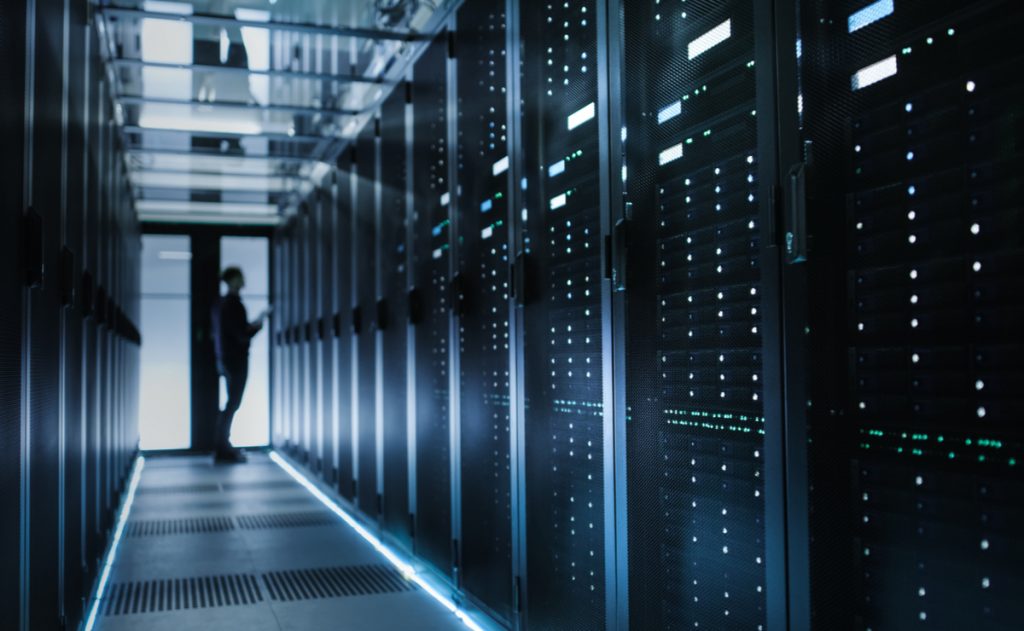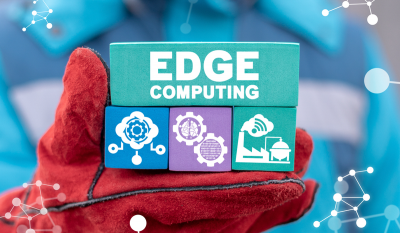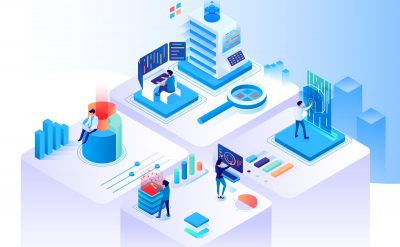The data center industry has always been under pressure to keep pace with evolving technologies and automation: It has seen significant shifts in recent times, especially in the last decade. In particular, 2020 was the year when data centers saw exponential growth, with conversations moving from boardrooms to living rooms. With the world bracing the COVID pandemic, there was a dire need for organizations to get digitized. Consequently, the need was also felt for information to be accessed rapidly. This has been highly challenging for data centres.
Maintaining the availability and quality of online services with increasing demand in general and more so during the pandemic is no simple task. The pandemic highlighted the importance of data centres as it not only ensures functioning of IT companies but also made daily lives conveinient. This industry has performed well and is projected to “grow 18% annually to exceed USD 270 billion through 2024.”
So what’s in store for 2022? Let’s look at some of the significant data center trends that business leaders and data professionals should look forward to this year.
1. Hyperscale will continue in 2022 (and beyond)
Hyperscale data centers are also known as ultra-scalability as they facilitate on-demand provision of IT resources and distributed systems. Basically, a number of servers work in tandem at high speed, thus enhancing its speed to expand both horizontally and vertically. This enables efficient storage and transfer of data. Depending on the needs of a network or performance, the servers can be increased or decreased.
Hyperscale helps construct systems that are strong and have scalable distributed infrastructure to meet the big data and cloud computing requirements of modern enterprises. It is a single-solution architecture that consists of compute, storage, and virtualization layers. With hyperscale data centers, organizations can store ever-increasing data volumes in traditional data centers. This will help them save on costs and ensure seamless user experiences regardless of the level of data usage. Given the benefits, the pandemic has accelerated the pace of digitization across various industries.
2. Infrastructure remote management
Data centers work round the clock. The study of US data centers quantifies the average cost of an unplanned data center outage at slightly more than USD 7,900 per minute. To cope with the situation, onsite technicians or engineers are essential, but the pandemic and employee shortage posed a threat to data center system outage with no one available on-premises.
The one most notable improvements COVID-19 brought forth is the Remote Infrastructure Management (RIM), which allows businesses to control their data center infrastructure remotely. RIM includes desktop monitoring of security and network services, database management, server management, etc.
Developments of RIM started during the pandemic, and today it is revamping the data center industry. The year 2022 will witness more advancements in real-time infrastructure management, wherein users gain more control over deeper insights and operating parameters.
3. Edge computing never leaving the space
Edge computing will remain a significant player in 2022 (and beyond). With more people adopting intelligent technologies in their homes and accessories, the demand for edge computing and data centers, too, is expected to grow. The IoT market is expected to grow by over USD 50 billion by 2022. Given this and the kind of demand for reliability, speed, and connectivity, the edge market will have to grow.
On the one hand, by processing data locally, it fuels the need for low latency applications and on the other, the edge devices are connected to colocation providers. It is expected that the year 2022 will witness huge growth in devices that use small data capabilities with recent developments in self-driving cars, industrial automation, the internet of things, and wearable devices.
4. Green and sustainability should be persistent
The ‘Green Concept’ has been adopted not just to achieve the industrial objective but it is also being adopted to fulfil the target of negative carbon footprints. Data center service providers and businesses are testing energy efficiency, water usage, and generated waste.
Data centers will be focusing on addressing various sustainability issues in 2022. Microsoft has committed to 100% renewable energy for its DC operations. Other technology companies are also experimenting with energy storage. This will help boost solar usage for massive data centers. 2022 will see a significant shift in the way businesses globally approach climate change.
According to a survey conducted by Equinix, 45% of the IT decision-makers said that customers want their data centers to be sustainable. It is primarily due to the increasing number of customers wishing to reduce their energy and water consumption. Many data centers are installing air-cooled systems to avoid continuous closed loops.
5. AI and amp; Automation will ease working
With the pandemic, many organizations faced a shortage of on-site technicians and engineers who could solve the problems plaguing the data centers. In such times, AI and Machine Learning helped in remote management and monitoring of the DC systems. With the help of robotics, automation helped in managing the infrastructure physically. It was a long-desired dream that has now turned into a reality with the integration of AI and automation into data center facilities. With the increased demand for data, data centers are scaling at a rate that will soon bypass the managing capabilities of human staff. 2022 will witness a growth in automation and AI for managing and monitoring data centers.
For example, companies like Ekkosense are providing AI-based solutions to track data centers based on operational and environmental parameters. In the coming years, AI and automation will come handy for DC managers to reduce operational costs and improve operational efficiency.
6. Achieve 5G Goals
The realization of the 5G technology goal will be another element that will have a huge impact on the need for edge data centers, and support the growth of the IoT. There are many networking companies who are in the race to achieve the 5G capability, but many have failed to achieve speed or reliability in the real world.
However, data centers have presented industries and businesses with a way to use data differently. In the same vein, the growth of edge computing will drive greater demand for 5G technologies and the installation of nodes to support that kind of network.
Conclusion
It is known that data center capacity needs to grow in order to give the new automated and digital world a boost. The key to attain this is to grow this capacity responsibly with a focus on sustainable (i.e., efficient, circular and managed) solutions at the edge.
For regular news and insights of data center, visit here.













